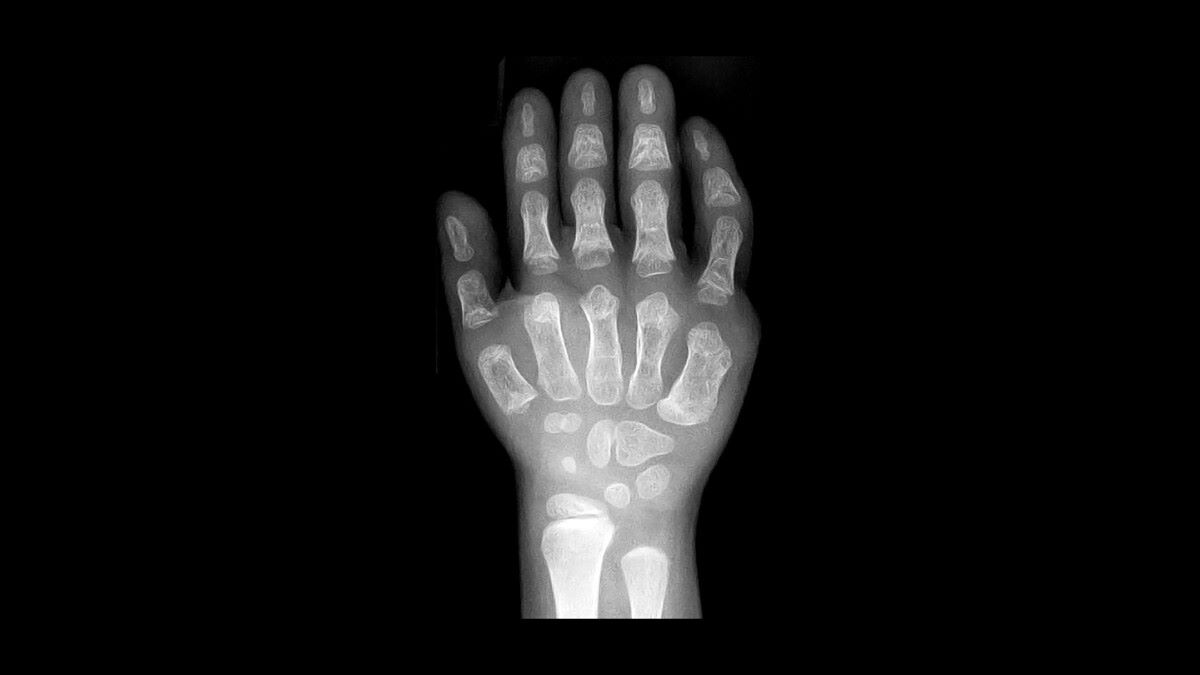
Ellis–Van Creveld Syndrome is a rare genetic disorder that affects bone growth. Named after the doctors who first described it, this condition is characterized by short stature, extra fingers or toes, and dental abnormalities. What causes Ellis–Van Creveld Syndrome? It's caused by mutations in the EVC and EVC2 genes. These genes play a crucial role in the development of bones and other tissues. People with this syndrome often have heart defects, which can be life-threatening. Despite its rarity, understanding this syndrome is important for early diagnosis and treatment. Here are 20 facts to help you get a better grasp of Ellis–Van Creveld Syndrome.
What is Ellis–Van Creveld Syndrome?
Ellis–Van Creveld Syndrome (EVC) is a rare genetic disorder. It affects bone growth, leading to short stature and other physical abnormalities. Here are some intriguing facts about this condition.
-
Named After Discoverers: EVC is named after Richard W. B. Ellis and Simon van Creveld, who first described the syndrome in 1940.
-
Genetic Mutation: The syndrome results from mutations in the EVC or EVC2 genes. These genes are crucial for normal bone development.
-
Autosomal Recessive Inheritance: EVC is inherited in an autosomal recessive manner. This means a child must inherit two copies of the mutated gene, one from each parent, to be affected.
-
Short Stature: Individuals with EVC typically have short stature due to abnormal bone growth. This is one of the most noticeable features of the syndrome.
-
Polydactyly: Many people with EVC have extra fingers or toes, a condition known as polydactyly. This can affect both hands and feet.
Physical Characteristics of EVC
EVC affects various parts of the body, leading to distinct physical characteristics. Here are some of the notable features.
-
Nail Dysplasia: Abnormal nail growth, or nail dysplasia, is common in individuals with EVC. Nails may be thin, brittle, or malformed.
-
Dental Abnormalities: Dental issues such as missing teeth, small teeth, or teeth that are improperly aligned are frequent in those with EVC.
-
Heart Defects: Congenital heart defects occur in about 50-60% of individuals with EVC. These defects can range from mild to severe.
-
Short Ribs: Shortened ribs can lead to a narrow chest, which may cause respiratory issues in severe cases.
-
Cleft Palate: Some individuals with EVC may have a cleft palate, a condition where the roof of the mouth does not fully close during development.
Diagnosis and Treatment
Diagnosing and managing EVC involves various medical approaches. Here are some key points.
-
Prenatal Diagnosis: EVC can sometimes be diagnosed before birth through ultrasound and genetic testing, especially if there is a known family history.
-
Genetic Testing: Confirming the diagnosis often involves genetic testing to identify mutations in the EVC or EVC2 genes.
-
Multidisciplinary Approach: Treatment usually requires a team of specialists, including geneticists, cardiologists, orthopedists, and dentists.
-
Surgical Interventions: Surgery may be necessary to correct heart defects, polydactyly, or cleft palate.
-
Growth Hormone Therapy: In some cases, growth hormone therapy might be considered to help increase height, although its effectiveness can vary.
Living with EVC
Living with EVC presents unique challenges, but many individuals lead fulfilling lives. Here are some aspects of daily life with the syndrome.
-
Regular Monitoring: Regular medical check-ups are essential to monitor heart health, bone growth, and other potential complications.
-
Physical Therapy: Physical therapy can help improve mobility and strength, especially in those with significant skeletal abnormalities.
-
Educational Support: Children with EVC may need special educational support to address any learning difficulties or physical limitations.
-
Social Support: Emotional and social support from family, friends, and support groups can be invaluable for individuals with EVC and their families.
-
Advocacy and Awareness: Raising awareness about EVC can help improve understanding and support for those affected by the syndrome.
Final Thoughts on Ellis–Van Creveld Syndrome
Ellis–Van Creveld Syndrome, a rare genetic disorder, affects many aspects of a person's life. Understanding its symptoms, causes, and treatment options can help those affected and their families manage the condition better. From short stature and polydactyly to dental abnormalities and heart defects, the syndrome presents unique challenges. Early diagnosis and intervention are crucial for improving quality of life. Genetic counseling can provide valuable insights for families with a history of the syndrome. While there's no cure, ongoing research offers hope for better treatments in the future. Staying informed and connected with support groups can make a significant difference. Remember, knowledge is power when dealing with rare conditions like Ellis–Van Creveld Syndrome. Keep learning, stay supportive, and advocate for those affected.
Was this page helpful?
Our commitment to delivering trustworthy and engaging content is at the heart of what we do. Each fact on our site is contributed by real users like you, bringing a wealth of diverse insights and information. To ensure the highest standards of accuracy and reliability, our dedicated editors meticulously review each submission. This process guarantees that the facts we share are not only fascinating but also credible. Trust in our commitment to quality and authenticity as you explore and learn with us.


